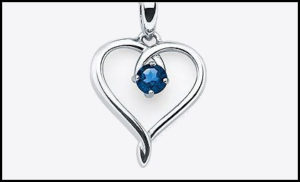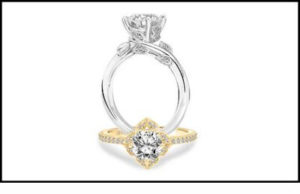Email Marketing Drives Sales
It takes knowing your customers, and managing your relationships with them to remain relevant.
When it comes to driving sales, email beats banner ads, social media native apps, and organic posts by up to 180%, finds Cheetah Digital in recent research conducted with Econsultancy.
Almost three quarters of U.S consumers say they’ve purchased a product directly as a result of an email they received. Half of consumers say email is their No. 1 channel to receive offers, incentives, and rewards from brands and retailers. In fact, 75 percent of consumers say they don’t trust social media platforms with the use of their data, and 90 percent are installing ad blocking technology, disabling location tracking, and deleting cookies regularly.
Yet the research finds 85 percent of consumers would openly share data in return for services, offers, personalized  recommendations, and exclusive content. Consumers today crave a personalized marketing experience and want to receive content uniquely tailored to their shopping habits and preferences.
recommendations, and exclusive content. Consumers today crave a personalized marketing experience and want to receive content uniquely tailored to their shopping habits and preferences.
“Email is one of the most personalized forms of contact you can do, as the customer has given you permission to send her emails,” cheers Laryssa Wirstluk, founder and creative director of Joy Joya Marketing in a recent podcast.
Mind-boggling though is why so many brands put emails on the backburner, says Wirstluk, underscoring that targeted email marketing campaigns present compelling opportunities to communicate with customers in the most relevant way. Jewelers can create categories tagging email subscribers by age group, geographic location, purchase interest, and more. “It can take some extra time and effort to set up your emails in this way, but it will give you more targeted and impactful email campaigns.”
It takes knowing your customers, and managing your relationships with them to remain relevant. Wirstluk advises brands use all the data available to them — from Google analytics and Facebook and Instagram Insights, and more — to map out their customers’ shopping habits and path to purchase that can help than better target future marketing initiatives.
Call to Action
Brands should gather as much information as they can in their email sign-up form, with a persuasive Call to Action popping up on every product page. Most consumers make it to your website because of a product search, cites marketing consultant Andrea Hill, owner of Hill Management Group, with only 5 percent returning in what is a three to six visit path to purchase. “Some consumers may search ‘jeweler near me’, but more likely people type in something specific like ‘heart shaped sapphire pendant in 14K gold bezel setting’.”
popping up on every product page. Most consumers make it to your website because of a product search, cites marketing consultant Andrea Hill, owner of Hill Management Group, with only 5 percent returning in what is a three to six visit path to purchase. “Some consumers may search ‘jeweler near me’, but more likely people type in something specific like ‘heart shaped sapphire pendant in 14K gold bezel setting’.”
“The customer should be unable to turn down an invitation to enter her email address,” Wirstluk describes. Incentives to court customers include exclusive content, coupons, shipping upgrades, downloadable e-catalogue…
Other ways to generate email addresses and specific customer data are contests, quizzes, surveys, giveaways, and games on website, social media, and app. Check with your vendors to see what content they have available that you can use to delight and inspire customers in email messages and online.
Focus on VIPS
 If you have a limited marketing budget right now, Wirstluk sees great value in focusing more on retention than acquisition. She cites that it costs five times more to acquire a new client than retain an existing one, and it costs 16 times more to build a relationship with that new customer than maintain a relationship with an existing one. This is important when you think that 65 percent of a brand’s revenue comes from previous customers.
If you have a limited marketing budget right now, Wirstluk sees great value in focusing more on retention than acquisition. She cites that it costs five times more to acquire a new client than retain an existing one, and it costs 16 times more to build a relationship with that new customer than maintain a relationship with an existing one. This is important when you think that 65 percent of a brand’s revenue comes from previous customers.
Fredrick Goldman Inc., a manufacturer of engagement, wedding, and men’s fine jewelry has been doing just that, using email to connect with jewelers to schedule virtual sales calls. The email links participating jewelers to a digital flipbook highlighting new products and programs in conjunction with the brand’s latest B2B site that helps accounts build wish lists and access marketing materials, including videos clips offering insights into key products, trends and brand stories.
“As we adjust our way of doing business, we must re-imagine what the sales process will entail,” explains Jonathan Goldman, CEO of Frederick Goldman, Inc. “We believe the process of virtual selling will be a win-win for all involved and will not be a short-term solution for the next few months, but for the foreseeable future. Virtual selling moves sales reps into more of a consulting role with their retail partners.”
Identify your best customers, Wirstluk suggests. Email a message specific to them. Tell them why you like working with them, share personal recommendations, and offer added-value services. “Your most loyal customers already  love you, will love you more, will buy again, and recommend a friend.”
love you, will love you more, will buy again, and recommend a friend.”
You don’t need all the customers, Hill reminds, just the right customers for you.
Leave a Reply
You must be logged in to post a comment.